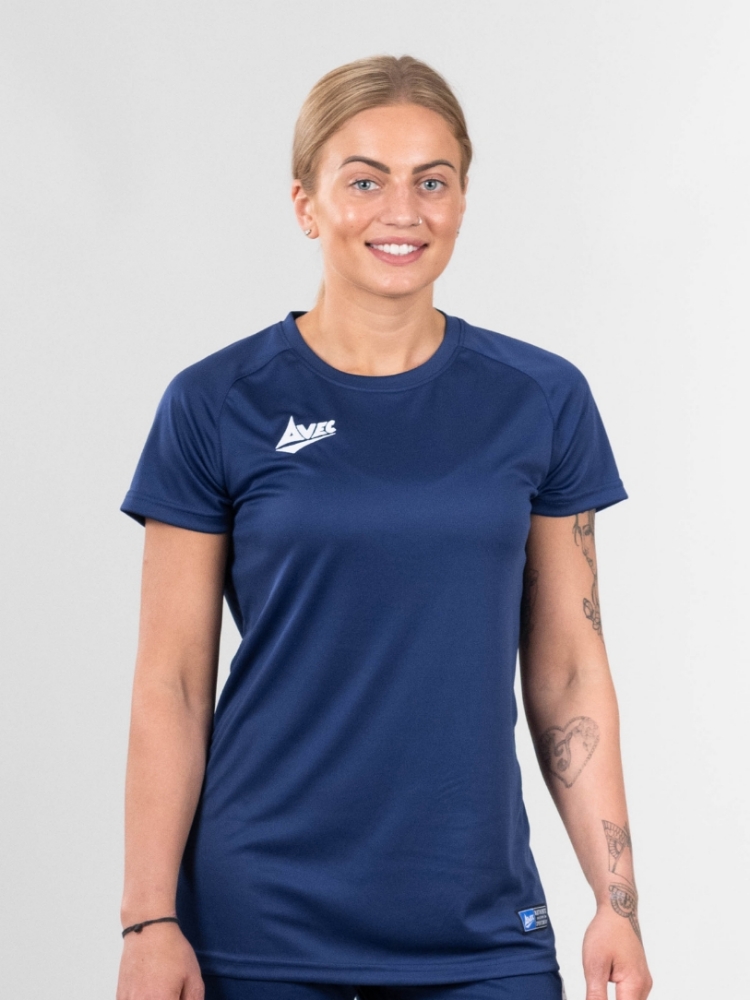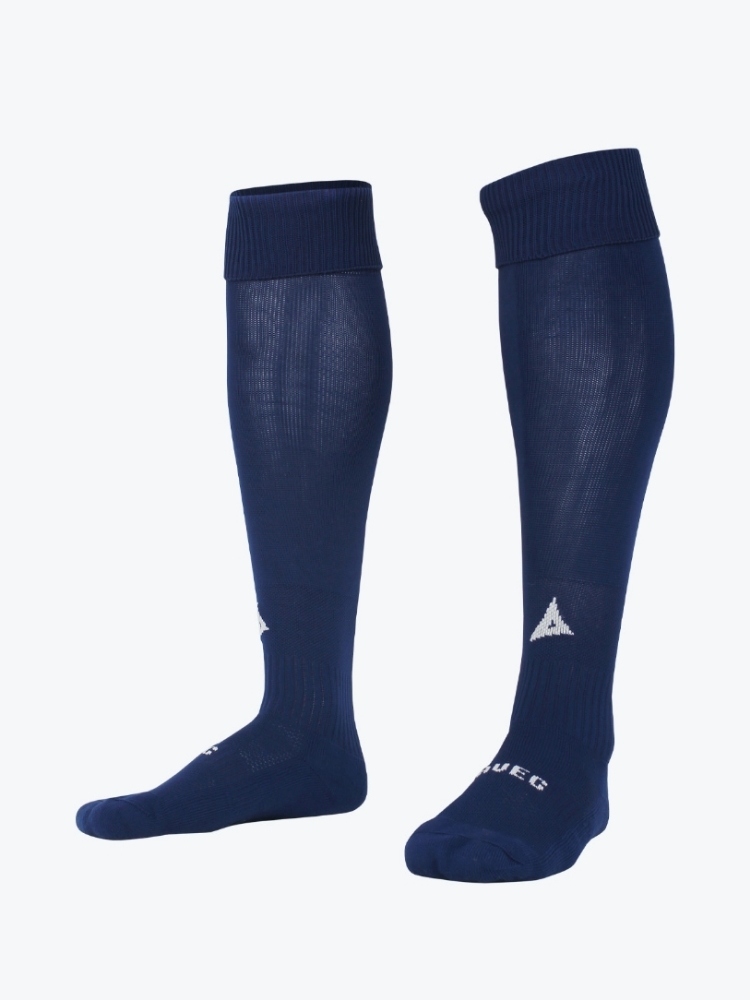
What are the positions and basic rules of netball?
Netball is a popular non-contact sport that requires quick decision making and precise skill. Typically played by women, it requires two opposing teams who must work to shoot the most goals to win the game. Netball is a true team sport and is excellent for improving overall fitness as well as building confidence in your ability to play competitively.
If you’re thinking about taking up a new sport this year, netball is an excellent option. There are a few rules to get to grips with which we’ll explain below, but once you have these under your belt the fast-paced gameplay is both fun and rewarding. Keep reading to find out more about the different netball positions and the fundamental rules of the game.
How many players are allowed in a netball team?
A netball team consists of seven players, each with a dedicated position. For casual games, teams can play with five or six players if they fall short of seven members but any less than this and they would need to forfeit as the game would not be playable.
Where can players go in netball?
Each position has its own set of rules which dictate where the player can go. It is important that team members familiarise themselves with these rules, especially if they plan to switch which position they play in. The positions and where each is permitted to play on the court can be summarised as follows:
- Goal Shooter - The goal shooter can only shoot in the shooting circle. They are allowed in the attacking third of the pitch in addition to the shooting circle.
- Goal Attack - The goal attack can shoot in the shooting circle but is allowed in the attacking third and centre third.
- Wing Attack - Is allowed in the attacking third and centre third, but cannot enter the shooting circle.
- Centre - The centre position is allowed in all thirds, but they cannot enter either shooting circle.
- Wing Defence - Wing defence can enter the defensive and centre thirds, but not the opponent’s shooting circle.
- Goal Defence - Allowed in the defensive and centre thirds as well as the opponent’s shooting circle.
- Goal Keeper - The goalkeeper can only play in the defensive third and opponent’s shooting circle.
What are the basic netball rules?
Once you get to grips with the positions of netball players, the rules are quite simple to follow. They may take some getting used to at first if you’ve never played the game before, but you will be able to quickly pick them up. To help give you an idea of what gameplay is like, we’ve explained some of the most fundamental rules below.
You cannot run whilst you are holding the ball
When players are in possession of the ball they are not permitted to run. However, this does not completely limit their movement. This is because, in netball, players have a landing foot and a stepping foot. Once you have the ball you cannot move your landing foot but are allowed to do a 360-degree turn with your stepping foot. Players must make sure that they have released the ball before they step again or move elsewhere on the court.
You can only hold the ball for three seconds
Due to the fast-paced nature of the game, players must release the ball within three seconds. If players fail to do so, this will be considered a ‘held ball’ by the umpire and the ball will be given to the opposing team. Defence is a key element here, as blocking a pass could result in a held ball from the opposing team, giving your team an advantage.
Your feet must be three feet away from your opponent when they have the ball
Players must keep three feet away from their opponent when they have the ball, and this distance is measured from the landing foot of the player with the ball. As such, defenders must be three feet away before trying to intercept the ball.
Offside in netball
Players cannot under any circumstances move into an area of the court where their position is not permitted, otherwise, the player will be considered offside and the umpire will give an advantage to the opposing team.
What do netball players wear?
Like most other team sports, netball players are required to wear a uniform kit. This will consist of training shorts, a jersey, and socks. However, most netball teams will also be required to wear bibs which signal their position. These bibs will be abbreviated to the initials of the positions, for example, the goalkeeper would wear a bib that says ‘GK’.
Because netball is fast-paced and physically demanding, players must choose breathable materials that offer plenty of flexibility. We would recommend opting for something like the women’s classic jersey in navy, which can be paired with matching training shorts for a refined look. These sportswear items have been carefully engineered with lightweight materials that help to keep players cool, moving sweat away from the body for improved ventilation.


Women’s Classic Jersey - Navy £9.95 & Women’s Classic Navy Training Shorts £7.95
A good pair of socks is also essential, crafted with support and comfort in mind the classic navy team socks are perfect for completing your team kit. Featuring a snug band and a reinforced heel and toe for added durability, these socks will help netball players perform at their best.

Whilst navy can be paired with a variety of colours to make your team kit stand out, we also offer a wide range of more vibrant and contrasting colours which can reflect your team’s identity. Additionally, we offer the option to customise your team jerseys and shorts with names and position initials if required.
Get into netball with Avec Sport
If netball is on the cards for you this year, make sure that you're equipped with suitable sportswear from the get-go. We stock a wide range of women’s sportswear to keep you feeling cool and confident on the court. Alternatively, if you’re thinking of starting your own netball team we can provide your club with high-performance teamwear to help you stand out from your opponents. Browse through our women’s activewear to get started.

